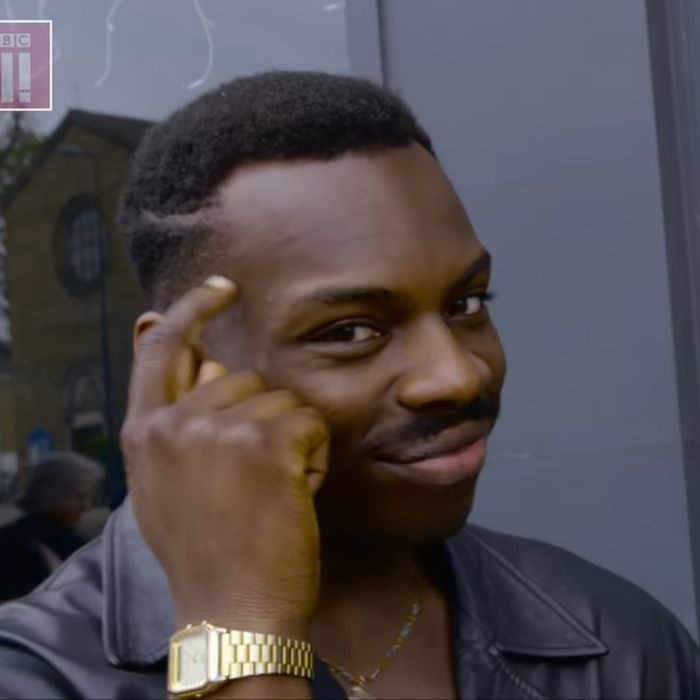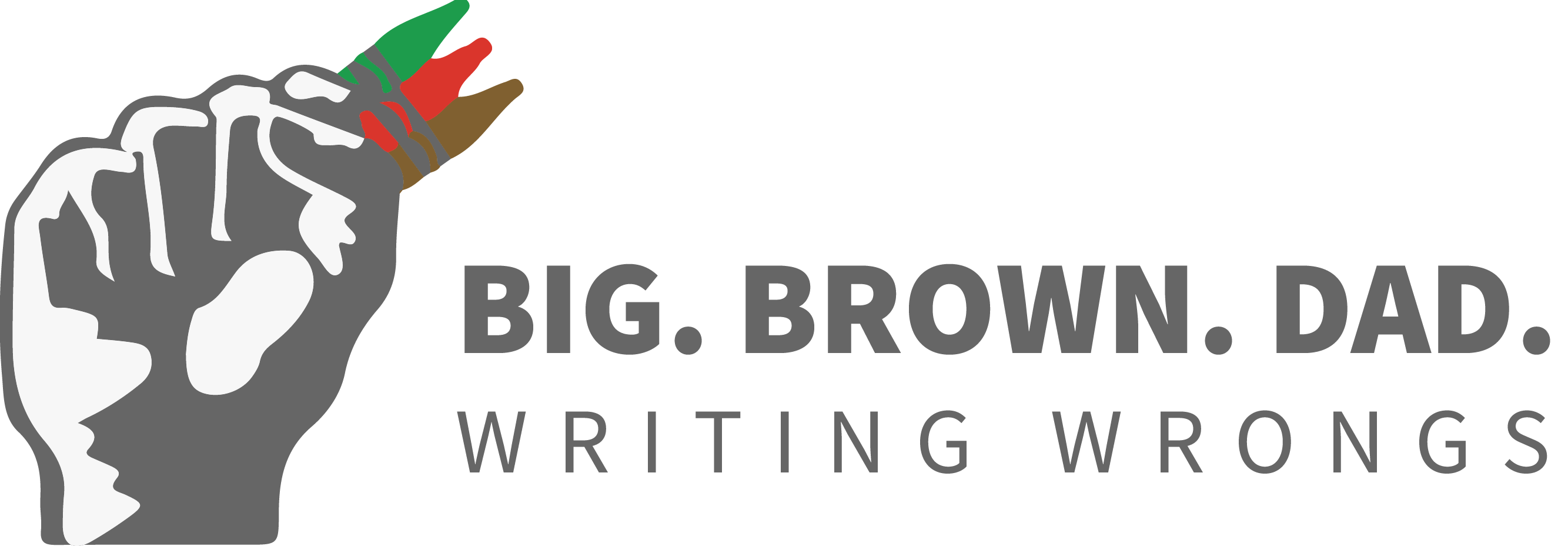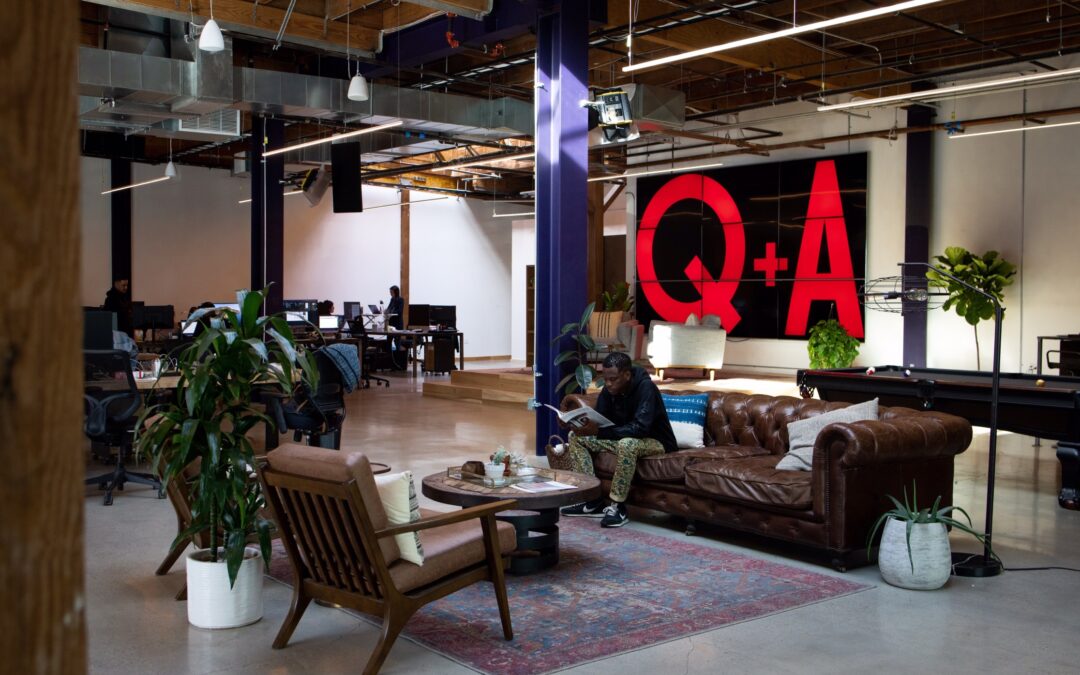The longest sanctioned competitive ping pong rally is over 10 minutes long and watching it immediately reminds you that you probably have something better to do with your time.
(But do you tho?)

In part one of this three part series, we explored a few ways the ping pong volley is like the creative process, where an interplay of ideas helps establish a rhythm, set the vibe and display skill sets. Today, we explore what the ping pong rally can teach us about facilitating rewarding creative collaboration.
DO YOU EVEN RALLY, BRUH?
By rally, I simply mean a prolonged period of back and forth pinging and ponging. A strict definition is hard to come by but like pornography, you know it when you see it.
(The link above is to an entry on ostensive definition, in case you were afraid to click.)
During a ping pong match, rallying does at least three important things: 1) it signals to the other player that you’re at least as interested in the means as you are in the ends; 2) it establishes and fuels momentum; 3) it sets the table for creative flourishes.
While outscoring your opponent is the objective, it’s often not the only goal when playing. While competition is a driving force, the quality of any match turns on the players’ cooperation–literally, how well they operate together while playing. A willingness to rally is a signal to the other player that having fun, and working together, is at least as important as competing. The means is at least as important as the ends.
My favorite part of any rally is the way momentum builds to a crescendo. Momentum is an intangible force that’s hard to locate but impossible to deny. Each ping and pong of a rally pushes the game towards its unknown end and is akin to building a plane while flying it. And while you work to sustain a rally, there’s an ebb and flow to the competitiveness at play.
Rallying can appear rudimentary but it’s foundational to more creative game play. Its during a rally that players attempt to execute strong forehands, cross-body returns and slams. And during a rally, a player often switches quickly between offensive and defensive postures. This requires an agility that results in heightened game play. Acting and reacting are equally important.
BE CREATIVE
You guessed it, the creative process in uncannily similar. Rallying ideas is key to getting the most of your collaborations.
It’s important to head into the collaborative process valuing the means as much as the ends. Values like charity, collegiality and curiosity will go a long way in encouraging participation. Charity is a willingness to see the best version of an idea. Collegiality places people over product, while curiosity signals an intellectual openness.
Momentum is key to driving the creative process. When it develops, you want to feed it so that it’s potential energy continues to accrue. You feed the process by contributing ideas that move the project towards the desired outcome. And sometimes you contribute best by getting out of the way.
Every good rally culminates with a score. When it comes to the creative process, you can score by playing both offense and defense. You play offense when you generate new ideas and you play defense, if you will, when you pose questions that help refine existing ideas. An offensive approach often frames contributions in terms of “How about” and “What if,” while a defensive approach will lean into “Why?” and “Who?”.
Rallying is one of the most exciting parts of playing ping pong, rivaled only by the slam. Check for that article next.


